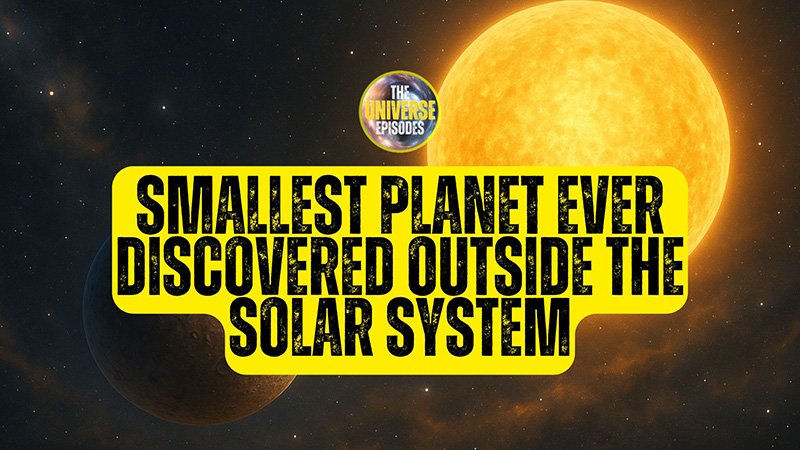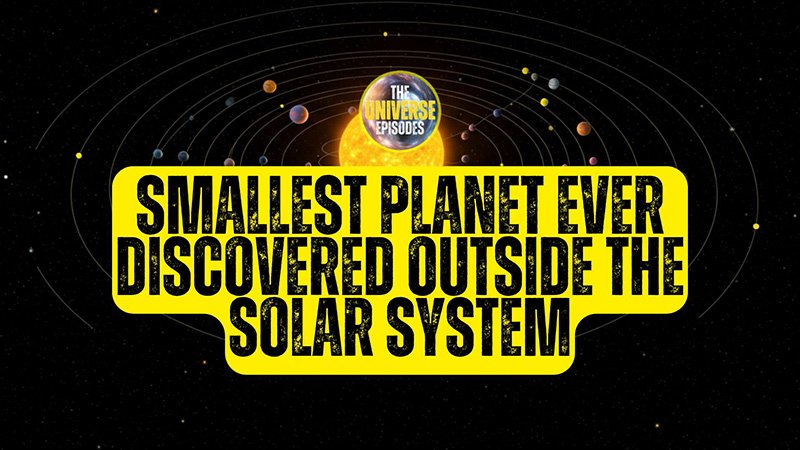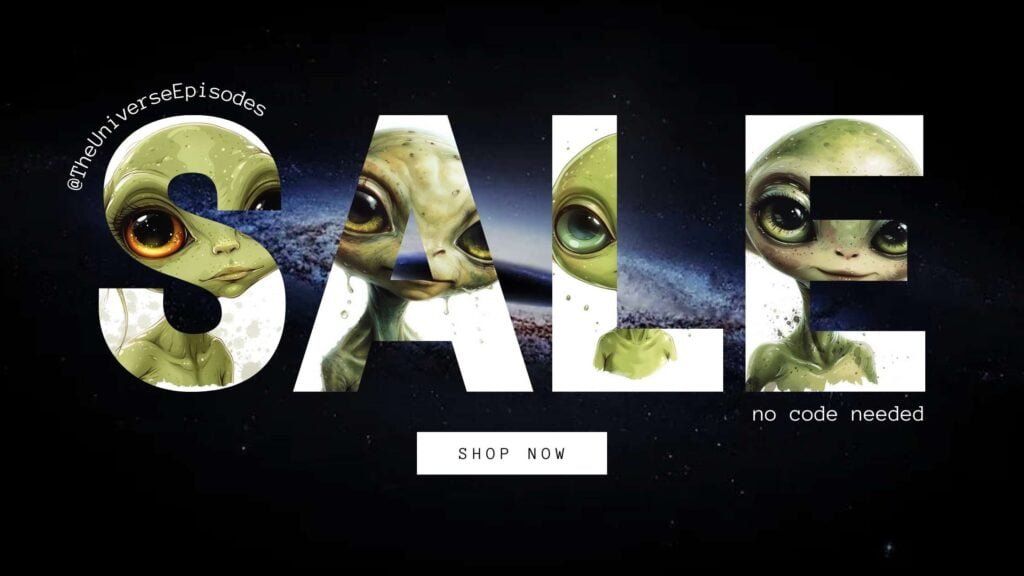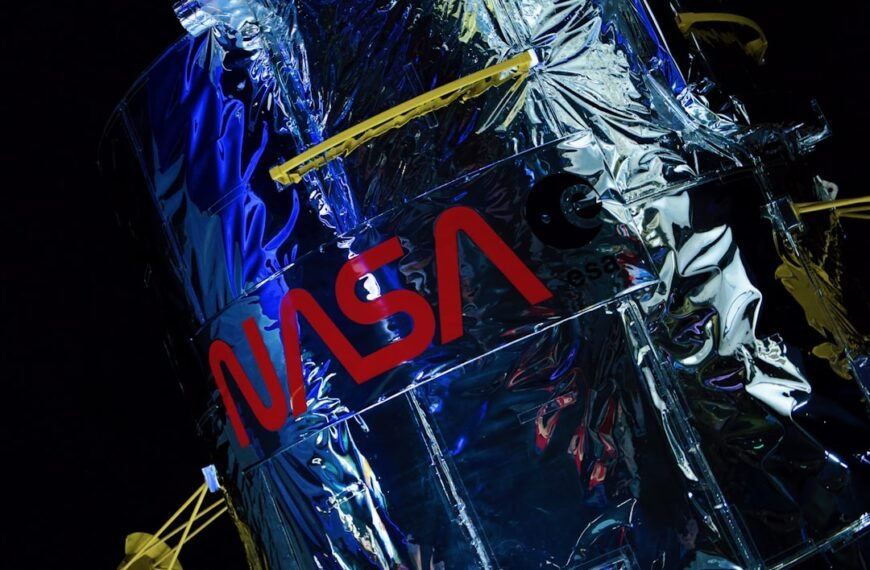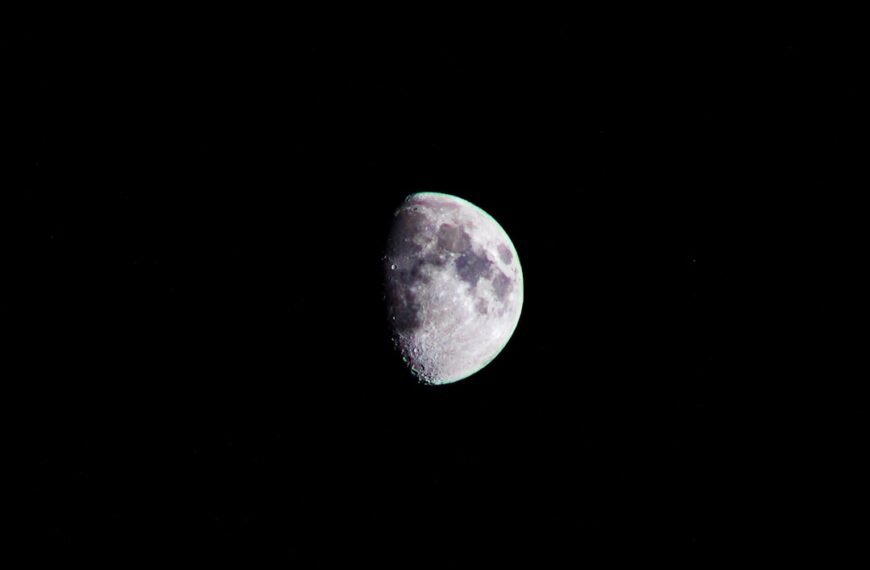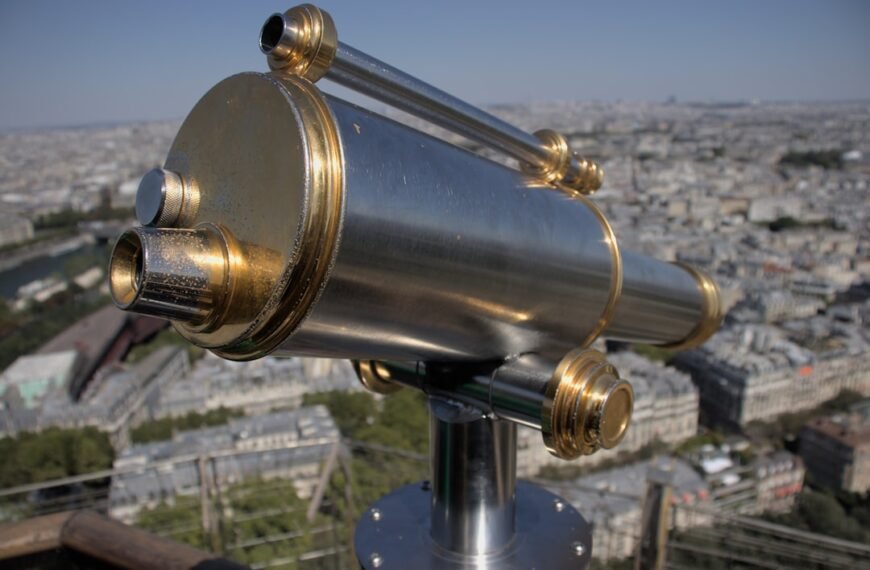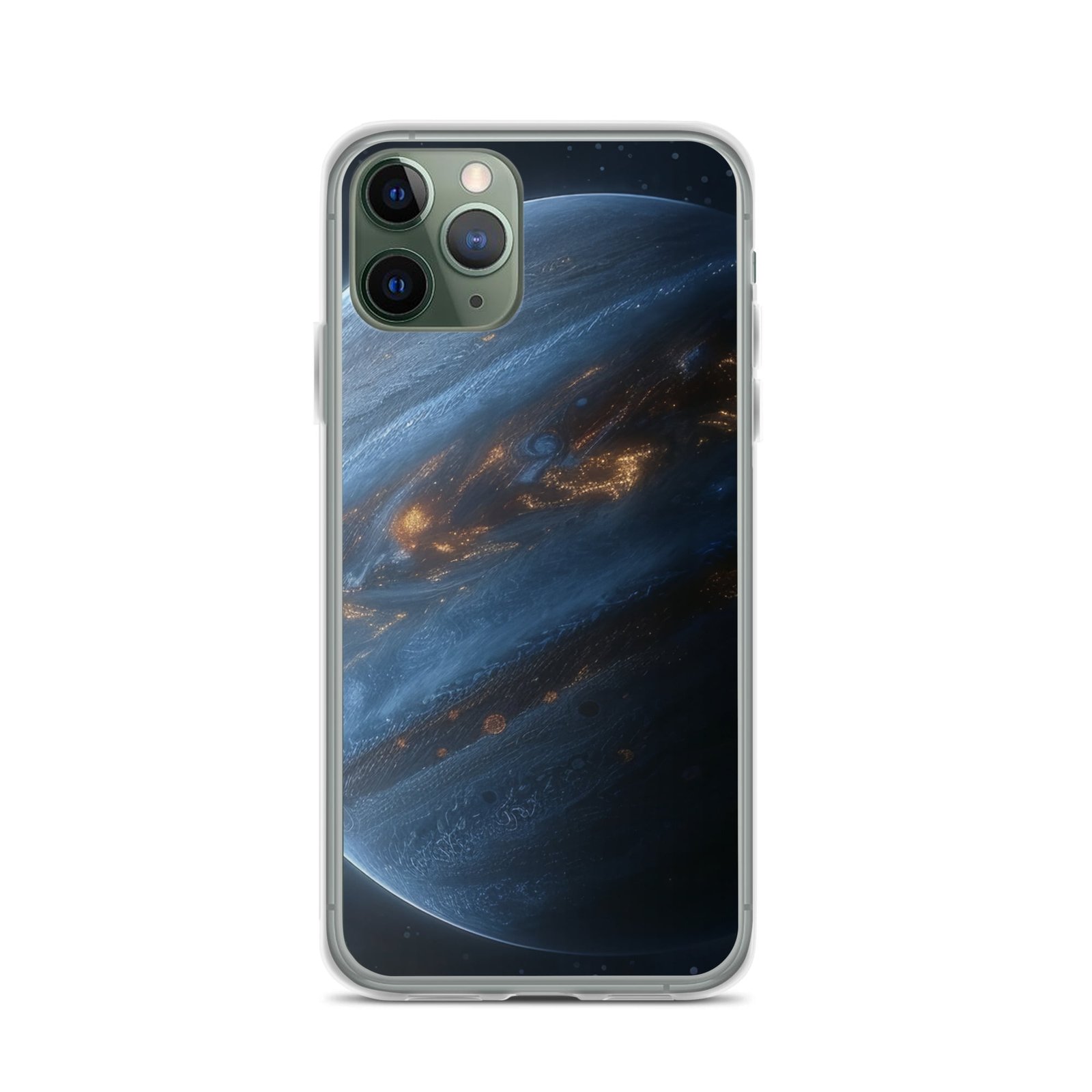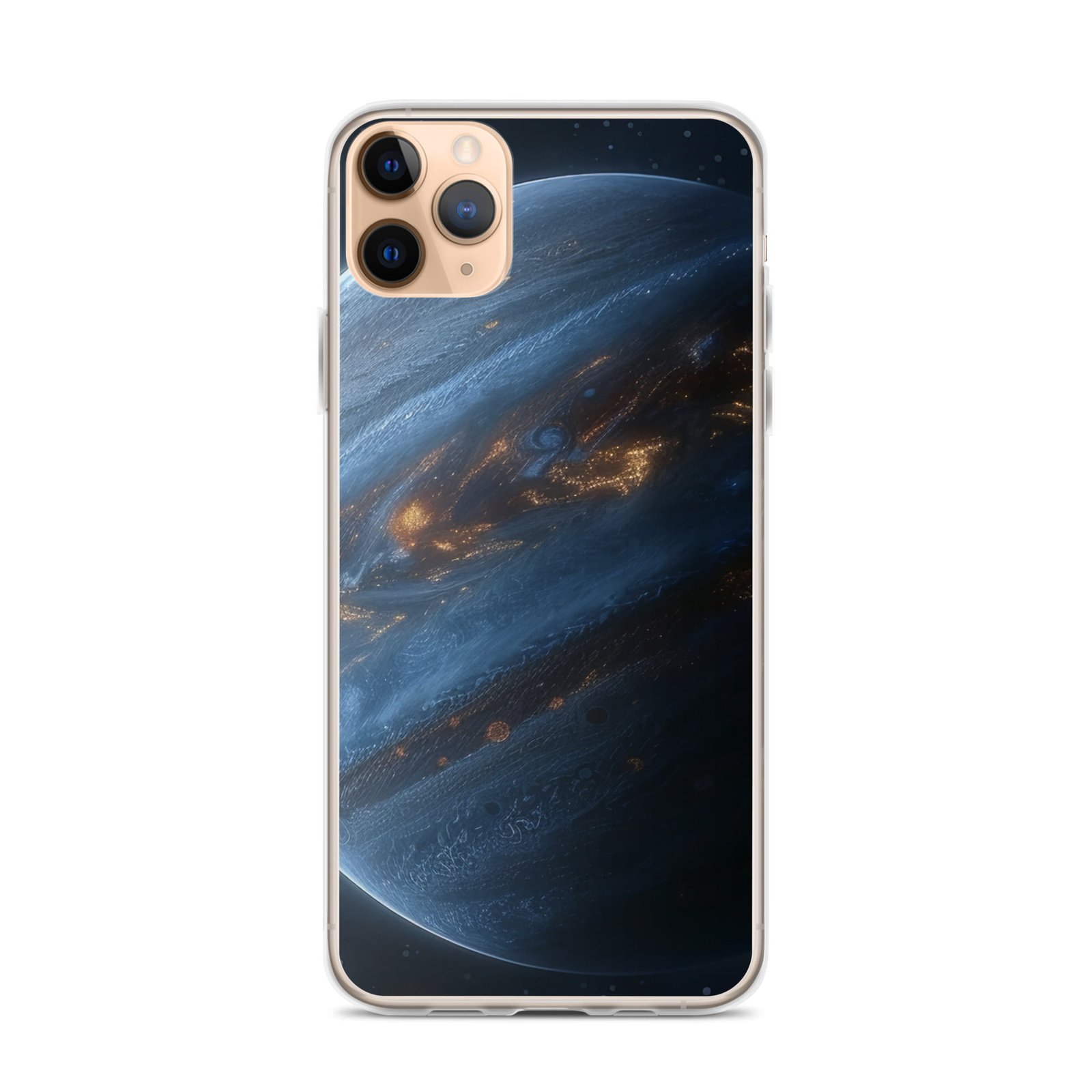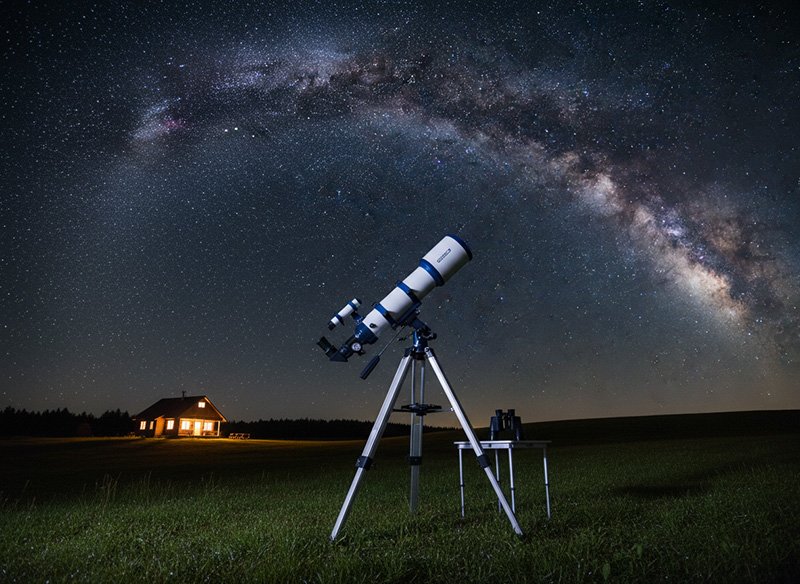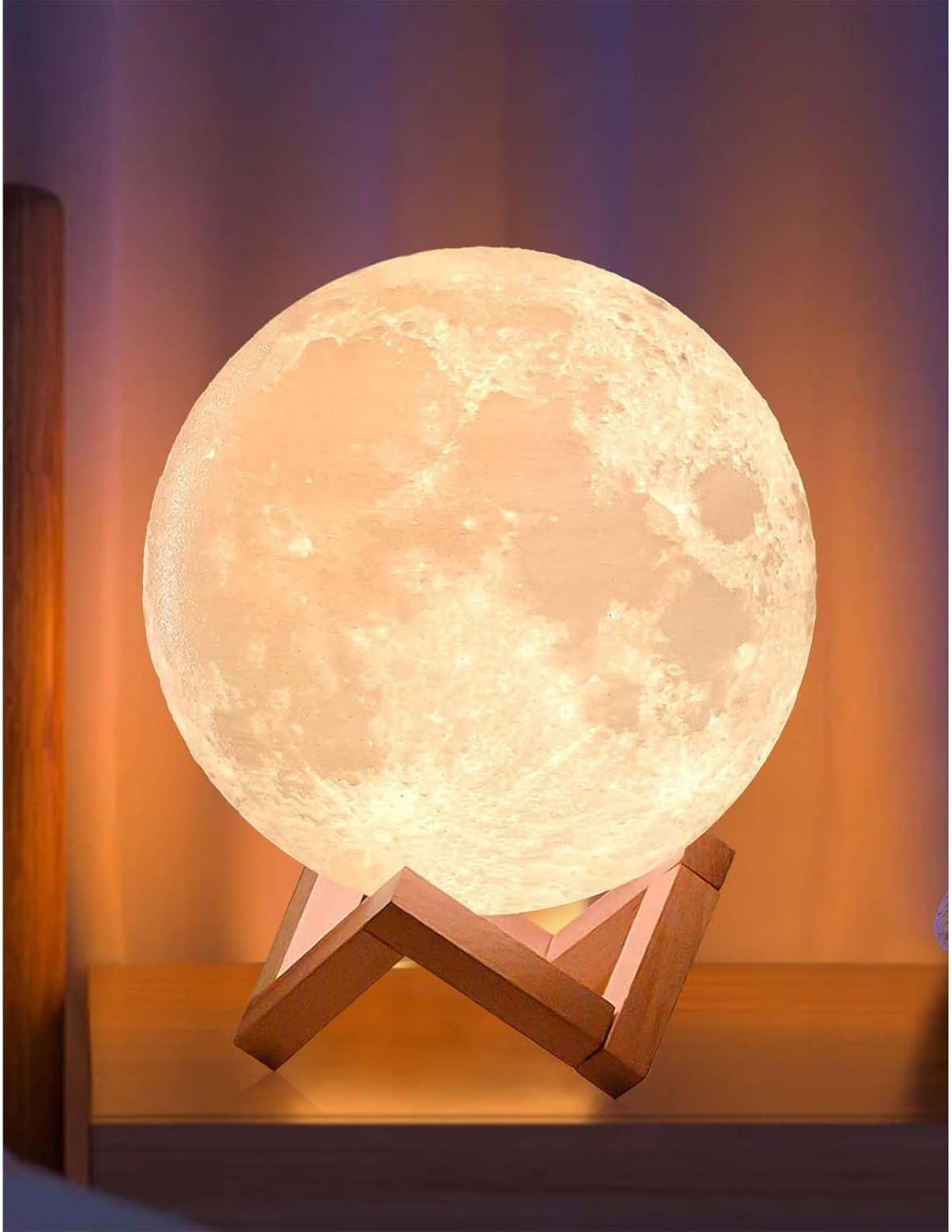Key Takeaways
- The smallest known planet is Kepler-37b, smaller than Earth’s Moon.
- Discoveries of tiny exoplanets challenge our understanding of planetary formation.
- Comparing small planets to the Moon helps visualize their true scale.
- Modern telescopes and space missions continue to push detection limits.
- Understanding small worlds helps refine models of how solar systems form.
What is the Smallest Planet Ever Found?
When astronomers first detected Kepler-37b in 2013, it changed our understanding of what counts as a planet. Measuring only about 3,900 kilometers in diameter, it is smaller than Earth’s Moon. This discovery showed us that planets can form at incredibly small scales, and that our Solar System is not the only place with tiny rocky worlds.
Smallest Planet vs the Moon: Why the Comparison Matters

The Moon is a familiar object we see almost every night. Using it as a reference helps us visualize exoplanets better. While Mercury is the smallest planet in our Solar System, the fact that Kepler-37b is even smaller than the Moon highlights how diverse other planetary systems can be.
This comparison also answers a common question: If a planet is smaller than our Moon, can it still be stable? Kepler-37b proves it can, though it likely has no atmosphere and is not habitable.
How Are the Smallest Planets Discovered?
Detecting such tiny planets requires advanced techniques:
- Transit Method: Astronomers watch for small dips in starlight as planets pass in front of their star.
- Kepler Mission: NASA’s Kepler telescope was designed to detect Earth-sized and smaller planets.
- Precision Instruments: The ability to measure light at extreme sensitivity allowed Kepler-37b to be discovered.
At The Universe Episodes, we used NASA’s “Eyes on Exoplanets” tool to explore Kepler-37b ourselves. Seeing its size compared to the Moon made the scale more relatable.
Why Do Small Planets Matter?
Small exoplanets help us understand planetary formation in new ways:
- They show that rocky planets can form at many sizes.
- They expand the known diversity of planetary systems.
- They provide clues about how our own Solar System developed.
These findings are not just scientific trivia. They reshape our models of how planets emerge from disks of gas and dust around stars.
Top 5 Smallest Planets Compared to the Moon

Here are five of the smallest known exoplanets, compared with Earth’s Moon:
- Kepler-37b – smaller than the Moon.
- Kepler-42c – about the size of Mars, but still smaller than Earth.
- Kepler-138b – smaller than Earth, slightly larger than Mars.
- Kepler-20e – close to Venus in size but still in the small planet category.
- TRAPPIST-1d – slightly larger than Mars but among the smallest in a multi-planet system.
By setting these planets side by side with the Moon, readers can see that “small” is relative, yet still significant in planetary science.
Firsthand Experience: How We Saw It
 space, set against a dark starry background.” class=”wp-image-21546″/>
space, set against a dark starry background.” class=”wp-image-21546″/>At The Universe Episodes, we often observe the night sky through telescopes. When we look at the Moon, its craters appear sharp and detailed. Observing Mercury through our equipment, it appears as a faint wandering star, barely larger than a bright point of light.
Later, exploring Kepler-37b through NASA’s exoplanet databases was eye-opening. Imagining a planet smaller than the Moon, orbiting a distant star, gave us a sense of how vast and surprising the universe is. These moments connect science to real human curiosity, making discoveries feel personal.
Frequently Asked Questions
What is the smallest planet in our Solar System?
Mercury is the smallest planet in the Solar System, with a diameter of about 4,879 kilometers.
What is the smallest exoplanet ever discovered?
Kepler-37b is the smallest known exoplanet, measuring just 3,900 kilometers across, smaller than the Moon.
Can small planets support life?
Most very small planets are rocky and lack atmospheres, which makes life unlikely. Still, studying them teaches us how planets form.
Why do scientists compare planets to the Moon?
The Moon is familiar in size and easy to imagine. Comparing planets to it helps the public understand scale more clearly.
Are there planets even smaller than Kepler-37b?
So far, none have been confirmed, but future telescopes may detect planets smaller than the Moon.

